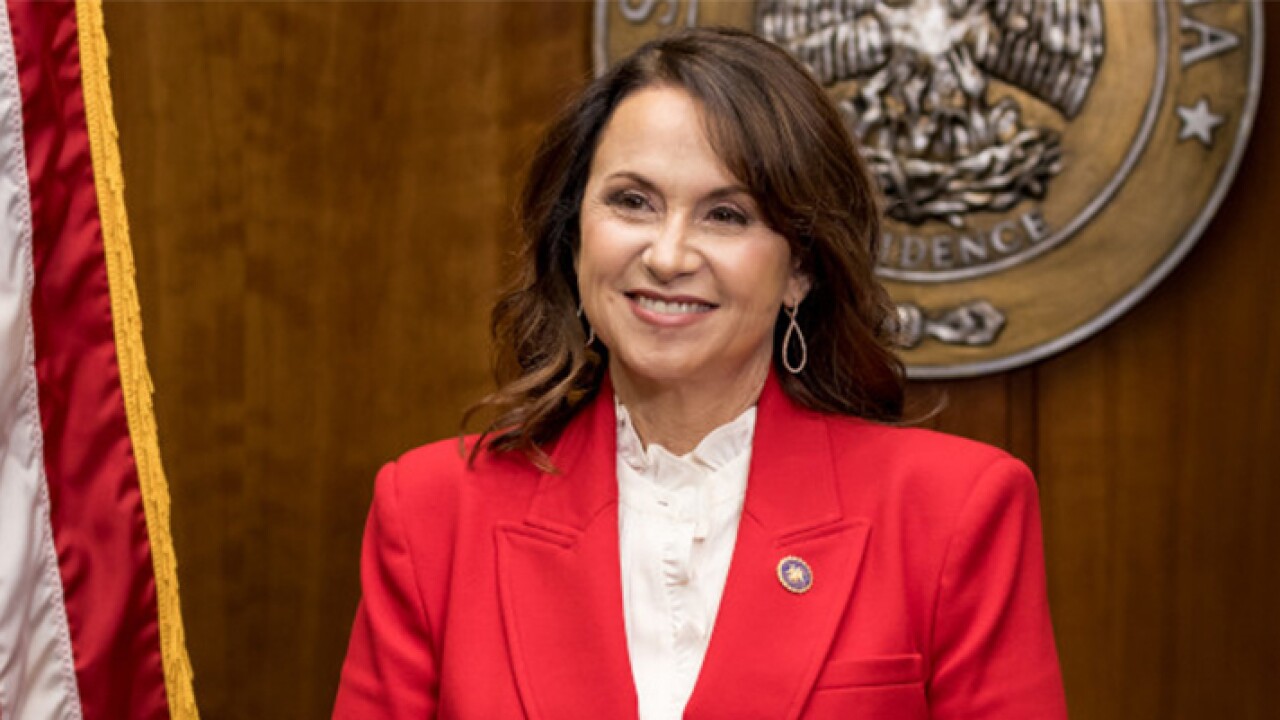More transparent communication on monetary policy intentions is effective and probably here to stay, according to four of the world’s most-powerful central bankers.
At a debate on communication in Frankfurt on Tuesday, officials charged with supporting half the world’s economy — including U.S. Federal Reserve Chair Janet Yellen — were in general agreement on the use of so-called forward guidance as a policy tool, though with the acceptance that it has its limits.

European Central Bank President Mario Draghi, hosting the event, opened the discussion by saying the ECB’s guidance “has become a fully fledged monetary policy instrument.” While it may be too early to determine if it’s a permanent fixture, he’s satisfied with the impact so far.
It “succeeded contrary to everybody’s expectation at the time,” he told the conference, which also featured Bank of Japan Governor Haruhiko Kuroda and Bank of England Governor Mark Carney.
Kuroda sounded more cautious about the power of central-bank communication, at least in Japan, where low inflation has been entrenched for more than a decade. He said that while forward guidance works “to some extent,” actions still speak louder than words when it comes to shaping consumers’ inflation expectations.
For Yellen, the most important thing when it comes to providing policy guidance to markets is to emphasize the conditionality. This leaves space for the “inherent uncertainty” of economic developments.
Central banks in recent decades have tried to make their decision-making process more transparent, for example by publishing accounts of policy discussions or summaries of officials’ interest-rate expectations.
Communication and transparency has become a far more important issue since the financial crisis, when central bankers were forced into uncharted territory in a bid to pull their respective economies out of recession. By pushing their mandates to the extreme with controversial measures such as quantitative easing and negative interest rates, they attracted criticism of their powers and questions over whether they were straying too far.
Yet according to Donald Kohn, a member of the BOE’s Financial Policy Committee and a fellow at the Brookings Institution, greater transparency has drawn too much attention to individual policy makers’ views at the Fed and led to longer, more scripted meetings.
At the ECB, on the other hand, the effort to show consensus raises the question of whether the public is “getting enough of a sense of a diversity of views that come into the decision process.”
Now that they are looking at how to unwind stimulus, language has become crucial to guide and prepare investors, businesses and consumers about the outlook. The idea is to contain shocks and upsets in markets that have repercussions for spending and demand.
Carney said that what’s important is for central banks to remember that their words and actions change behavior and the messages must be clear. We must be “always conscious that the message will in some way land with the public we serve.”
Dubbed the ‘unreliable boyfriend’ for mixed messages in the past, Carney also promised to talk less but in a more accessible way. This requires a change of mentality at the BOE, he said, where staff members are experimenting with limiting internal memos to six pages.
In the buildup to the event, economists at Goldman Sachs Group Inc. gave central banks a thumbs up for their communication. After studying a decade and a half of events and the reaction in markets, their view was the policy makers have been “quite successful in communicating their policy messages.”





